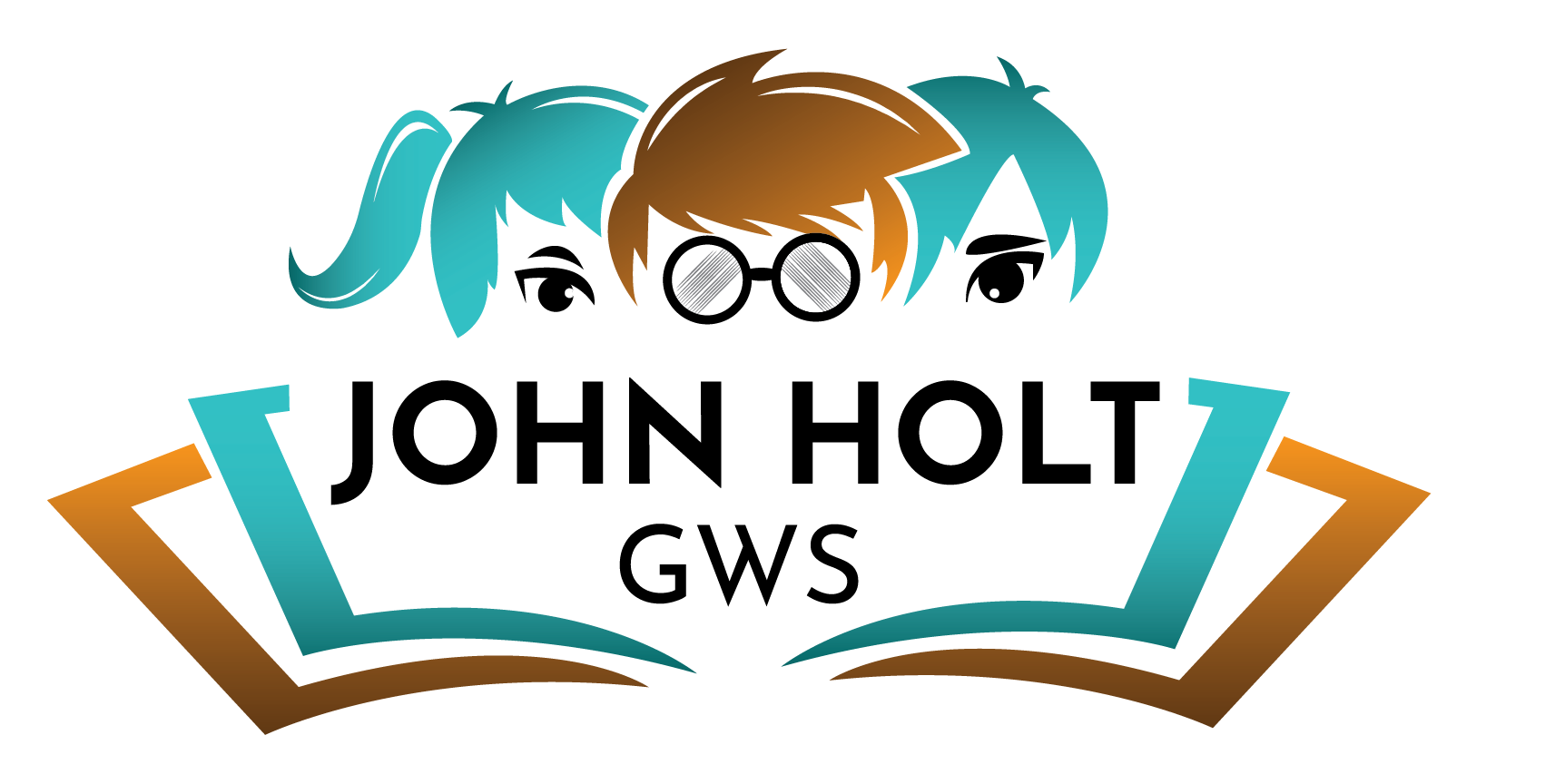Cool Science Resources
We see children making things a lot when you learn at home with them. When I published John Holt’s Book and Music Store Catalog some of our most popular books were titles like Making Things and Science Experiments You Can Eat, and one of our most popular products was the Quadro Construction Set, a large-scale building kit for children.
But now when you or a child want to build or do something, you probably turn to the Internet instead of a book or a catalog. There are many online resources, programs, and apps to use for learning about and making things, but I find many are just digital products retrofitted for today’s classroom needs. But every now and then I come across some unique ideas and resources for learning outside of school on the Internet, and I want to share them.
Both resources below are suitable for high school and college-level work, but younger scientists and their parents can enjoy working through these together, too.
Google Cardboard is a project I learned about on the K & J Magnetics site (I admit I enjoy playing with magnets)—it is a 3D virtual reality headset made with an Android smartphone and cardboard (a large pizza box will do)! You also need two lenses and two magnets to complete this project and the online Google instructions link to inexpensive sources for them. To understand how this contraption works K & J Magnetics provides a brief introduction to 3D vision, which is missing from the Google instructions.
The Periodic Table can be a chore for most students; textbooks and tests make it more about rote memorization than about the meanings and interactions of the elements on the table. This TED-ED online presentation looks like the usual Periodic Table. However, clicking on an element opens a short video of someone explaining the element, often with real examples of what the element can do. If you want more detail, you can also open a full lesson for each element. This can be a great supplement or primary resource for any budding chemist.
